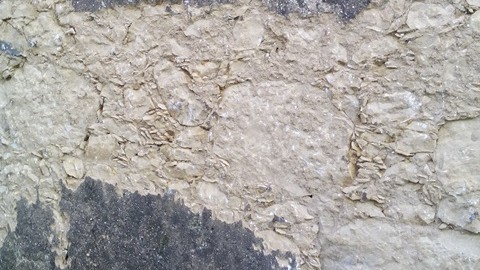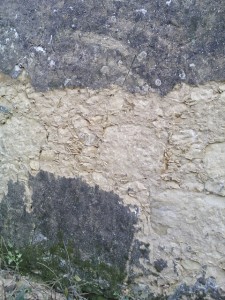Usually the render on the external walls of old Portuguese houses is washed out and partly detached so it just requires some help with a chipping hammer.
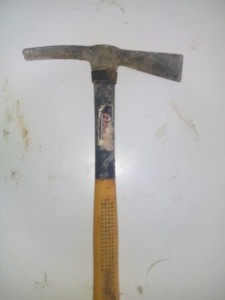
These are made for the job and quite cheap to buy.
How to expose the original stone on an old Portuguese house?
At first of course your arm will be not used to the repetitive work so it’s good to use both arms. I tend to clean off a meter at a time with each arm and
Once the render is chipped off it will leave small amounts of render on the stone which can be cleaned off with a wire brush and lots of elbow grease but is easier to use a high pressure jet wash.
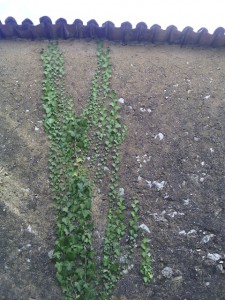
stone and mud under the render
You must be very careful not to wash out too much of the soil used to joint the stone work as this will weaken the wall.
Old render as described above is fairly easy to remove however modern render can stick pretty hard and is tougher to remove.
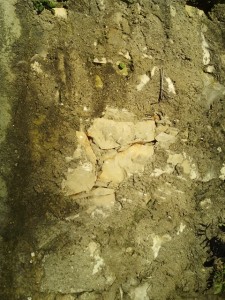
The answer is the same however more hand chipping because if you use an electric hammer drill with chisel attachment you will not know if you are scarring the stone underneath and you could end up with an unsightly and permanent mess.
Once the render is off there is the pointing to do. Don’t be tempted to use normal Portland cement as the grey looks terrible against the local Portuguese stone.
You can buy the mortar coloring pigments at a builders merchants where they will advise you on the amount to use per batch of mortar mix.
Our advice here is to get the colour as close to the local soil colour that you can and that way it will blend in with local houses and not look too new.
Top Tip – When you are mixing the pointing mortar and pigment it is wet so a lot darker. It will best to mix up 3 or 4 different mixture ratios and let them dry rather that use them straight away so you can be certain that they will look right on your home.
When you have filled the gaps in the stones with cement it is very important to brush off the cement grouting from the stone edges when it is just starting to set.

